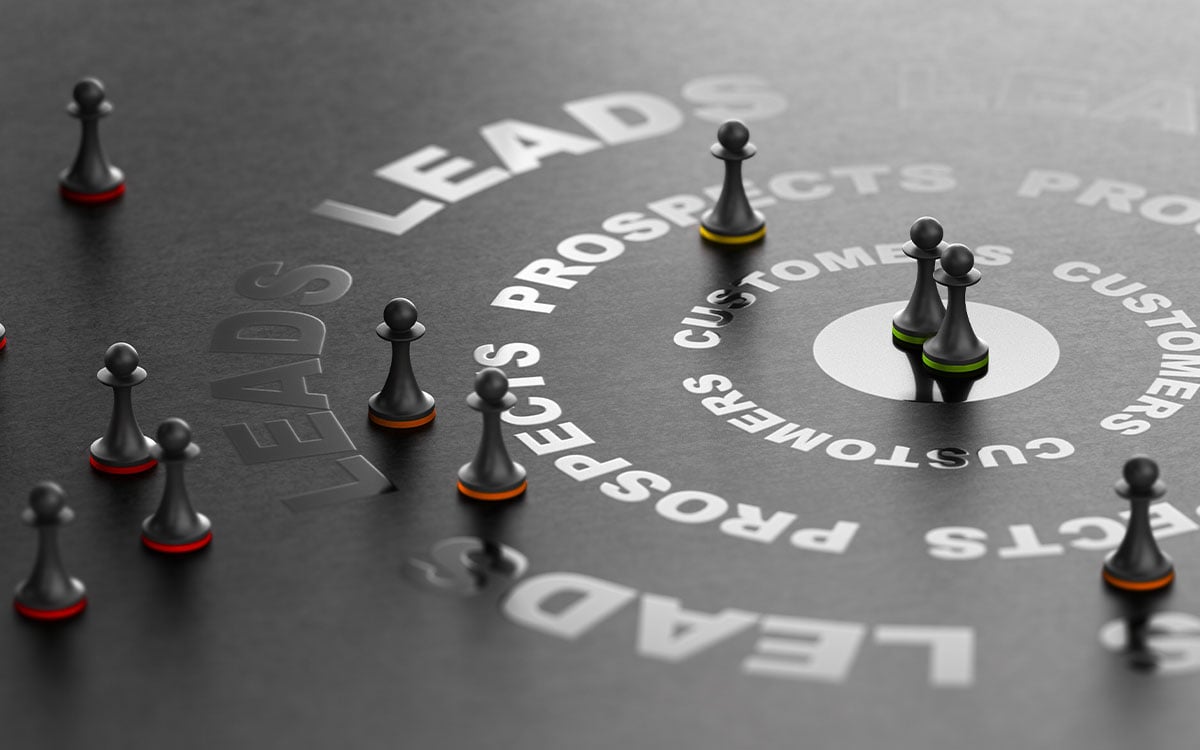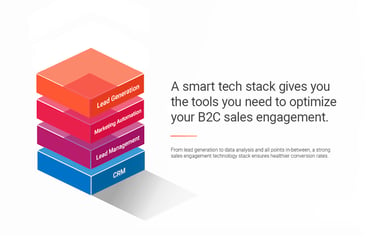How Does Sales Engagement fit into My Sales Enablement Strategy?
Defining Sales Enablement
Sales enablement maximizes your sales team’s success by providing the resources they need to increase sales performance. These resources include education, market analysis, product knowledge, marketing support, and content. Software tools ensure that they can convert more leads into customers.
In other words, sales enablement empowers all of your salespeople, putting them in the best possible position to close deals.
“Sales enablement plays a key role in scaling the sales organization beyond a handful of overachievers. It provides all salespeople with the best practices, knowledge, tools, and resources required to be successful.” - Scott Albro, gartner.com
What is sales engagement?
Sales engagement is the step between CRM software and closed sales, including calls, texts (SMS), email, and social media engagement. However, the term is most widely used to refer to software that manages those engagements. You can read more about sales engagement here.

How does sales engagement software fit into my sales enablement strategy?
A robust sales enablement program ensures standardized processes are used consistently in all sales activities. If performance is consistently poor across the entire sales team, the process can be evaluated and improved. If individual sales agents perform poorly, managers can address adherence to the sales process or their calling demeanor.
As a sales enablement tool, sales engagement software provides the framework for a consistent process. A solution like ClickPoint LeadManager will provide email and text templates, call scripts, and cadences, ensuring consistent content and timing. It will also provide real-time reports and automation to streamline sales activities.
Leads are the center of the sales universe. Practical tools for managing those leads are the most valuable asset you can provide for your sales team. With proper automation and reporting, lead management software with sales engagement tools is critically important for serious sales organizations.
How should I structure my sales enablement strategy? What are some sales enablement best practices?
- Hire The Best Candidates
- Define Objectives
- Implement a Sales Engagement Platform / Lead Management Software
- Train Sales Agents
- Align Sales and Marketing
Hire The Best Candidates
A comprehensive enablement strategy requires a team that is capable of executing it. Salespeople need to be trainable, have a positive “customer first” mentality, and believe in “raising all boats” in the sales organization. A practical, modern sales team needs to have open dialogs with each other and the marketing department to constantly improve.
You can learn more about a scientific approach to hiring sales teams here.
Define Objectives
Sales enablement should provide salespeople with everything needed to engage and convert buyers.
Selling the product or service is always the primary objective. However, establishing supporting objectives is critical to running a successful, sustainable, evolving sales program. These objectives can be KPI-based in support of sales targets. Supporting objectives are necessary to track progress and evaluate the sales process.
Implement Sales Engagement Platform / Lead Management Software
Sales engagement software should be the primary tool for day-to-day sales operations and provides the framework for consistency. It automates mundane manual activities and keeps the sales team focused on selling, not time-consuming, secondary activities.
When implementing a sales engagement platform, train salespeople to the point of expertise on how to use it. It’s hard to overstate how beneficial a good lead management solution, properly used, can be.
Train Sales Agents
Sales team training should teach more than selling. It should teach reps to sell your product at your company. A highly qualified, highly experienced sales leader will flounder if not dialed into your product offering and buyer personas. They should also understand your sales tech stack, be capable of learning new technologies and be adaptable to changing buying habits.
Align Sales and Marketing
Sales teams function best when they work together with marketing toward a common goal of selling to the best-qualified prospects. The path to that goal should be a positive, seamless experience for your customers.
The marketing department is a critical part of the sales enablement team. Marketing should understand the needs of the sales team and support sales in moving prospects through the buyer's journey. Sales reps should understand the brand goals set by marketing and work toward those goals in their outreach efforts. Marketing must provide sales with high-quality content and resources. Call scripts, email, and text templates, provided by marketing, can be entered into lead management software cadences, ensuring consistency.
Messaging should be consistent throughout the buying process. If marketing copy expresses specific ideas, sales reps should express those same ideas in the same voice.
Summary
Sales enablement gives your sales team the tools they need to sell more effectively. Sales engagement is the most critical part of the salesperson's job. Lead management software empowers salespeople to spend more time in the sales engagement stage and to sell more efficiently and close more deals. Building a strong sales engagement program should be a central component of your sales enablement strategy.
Learn more about lead management software and how it can improve your sales enablement strategy.
Read more about sales engagement.





